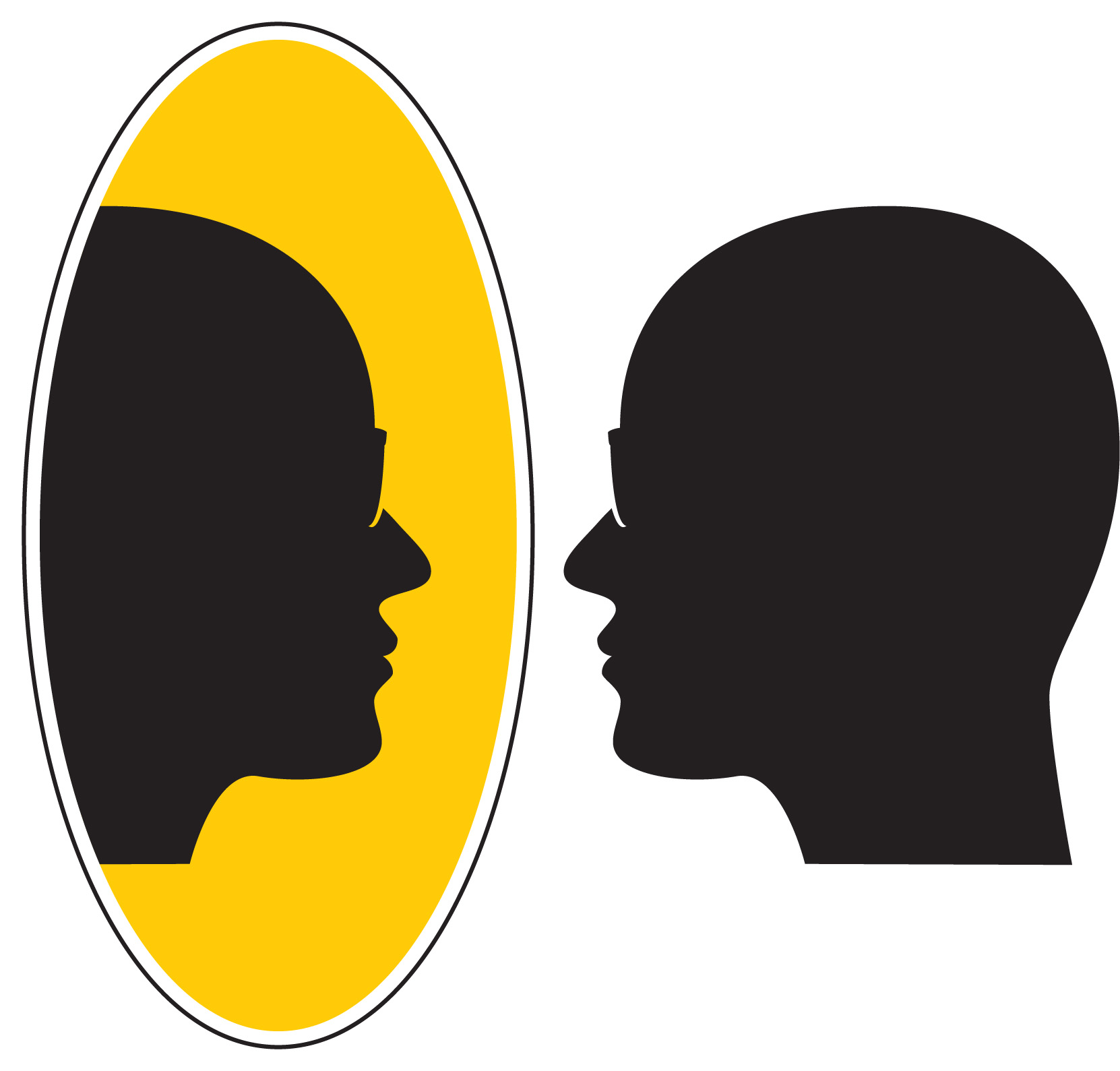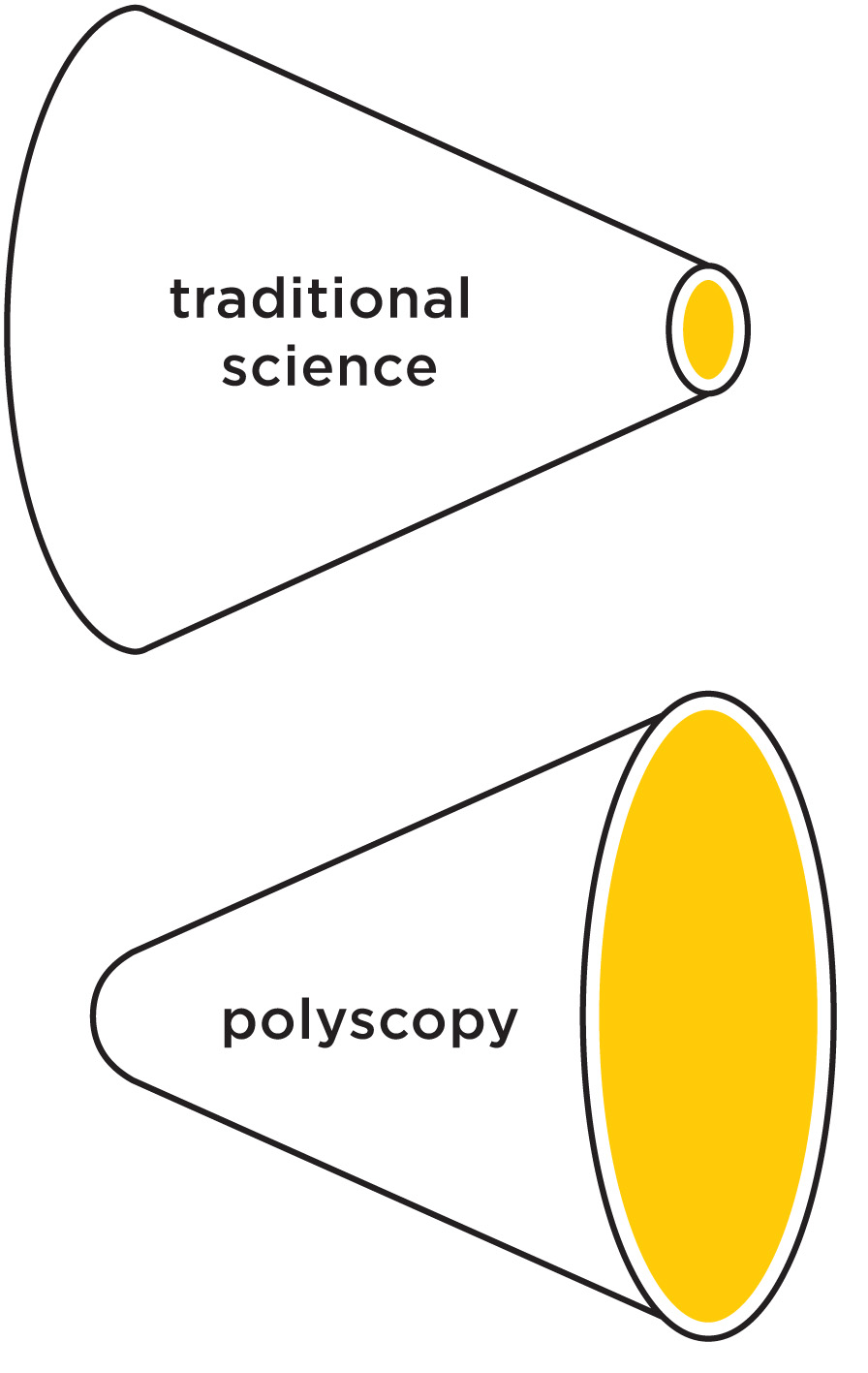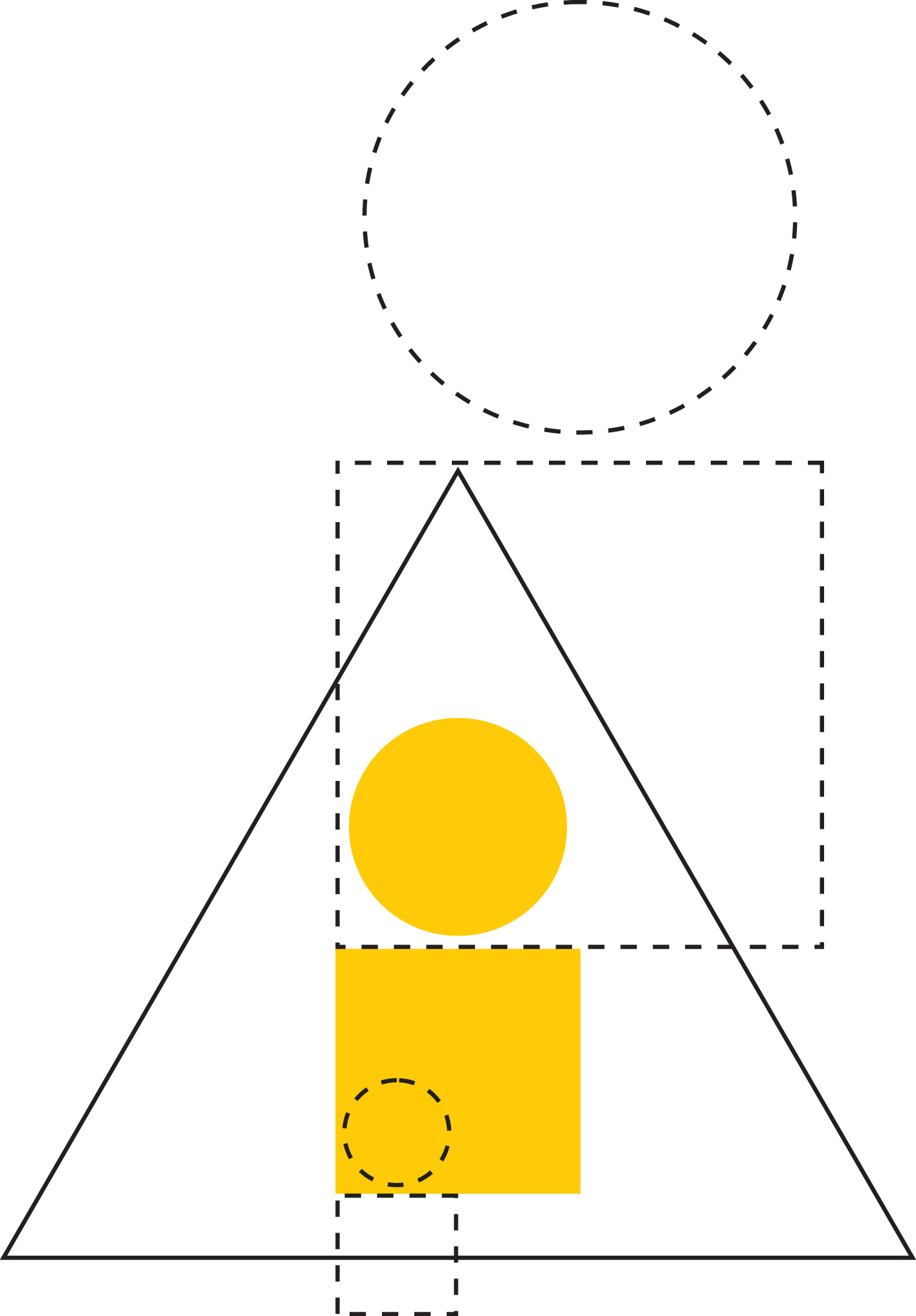Difference between revisions of "IMAGES"
m |
m |
||
| Line 2: | Line 2: | ||
<div class="row"> | <div class="row"> | ||
| − | <div class="col-md-3"><h2> | + | <div class="col-md-3"><h2>The evolution of knowledge revisited</h2></div> |
<div class="col-md-7"><h3>What distinguishes academic knowledge</h3> | <div class="col-md-7"><h3>What distinguishes academic knowledge</h3> | ||
<p>No rational person will claim that knowledge should not be useful. And yet there are good reasons why practical skills such as cooking and automobile repair have not been admitted to the university. Academic knowledge is the knowledge of principles; it is knowledge that is rigorously founded in time-tested academic methods and procedures.</p> | <p>No rational person will claim that knowledge should not be useful. And yet there are good reasons why practical skills such as cooking and automobile repair have not been admitted to the university. Academic knowledge is the knowledge of principles; it is knowledge that is rigorously founded in time-tested academic methods and procedures.</p> | ||
Revision as of 13:27, 9 August 2018
Contents
Federation through Images
The evolution of knowledge revisited
What distinguishes academic knowledge
No rational person will claim that knowledge should not be useful. And yet there are good reasons why practical skills such as cooking and automobile repair have not been admitted to the university. Academic knowledge is the knowledge of principles; it is knowledge that is rigorously founded in time-tested academic methods and procedures.
Our standards of excellence and ideas of what constitutes good or academic knowledge and knowledge work have been evolving since antiquity, and they now find their foremost expression in science and philosophy. We are about to see that the fundamental insights reached in the 20th century science and philosophy legitimize, and indeed demand that we take a further step in this evolution. We shall see how this naturally leads to the creation of principles that inform our handling of life's basic issues. We shall see why even the most honorable notion of fundamental work or "basic research" can justifiably be applied to the development of the methods and the social processes by which those principles are created.
The technical word is paradigm. We use this word to point both to the just mentioned emerging paradigm in knowledge work, and to the larger paradigm in cultural and societal evolution that may be expected to result from its application.
When making a case for a new academic paradigm, we are not making a case against the prevailing one. Those paradigms are (to use Thomas Kuhn's useful keyword) incommensurable – each of them is more suitable for certain purposes than for others. The purpose we have in mind is, once again, to functionally inform our society.
Ideograms
Not all images are worth one thousand words
But the ideograms are! They play a similar role in knowledge federation as mathematical formulas do in traditional science. An ideogram can condense a wealth of insights and many pages of text into an image whose message can be recognized at a glance. Recall the Newton's formula, or Einstein's ubiquitous E=mc² – those too are ideograms! But the possibilities behind the ideographic approach are endless, and they vastly surpass the conventional maths.
The creative possibilities of ideograms also surpass our illustrations – and are yet to be developed through creative use of new media.
The ideogram we are about to see next renders the essential ideas behind our initiative in a nutshell.
A better way to be creative
Modernity ideogram
The Modernity ideogram provides a snapshot of our and our civilization's condition.

By representing our civilization as a bus, and our handling of information as its candle headlights, the Modernity ideogram points to a root cause of large and small contemporary issues. Strangely (aren't we living in the Age of Information?), information is the one centrally important thing that we've forgotten to modernize!
Imagine us riding in a bus with candle headlights, through obscure and uncharted terrain, and at an accelerating speed. The direction that the bus will take is determined by our likes and dislikes, decisions and priorities. The movement of the bus is the result of our creative work, of our efforts to reach a better condition. To be meaningfully directed and sustainable, posits the Modernity ideogram, our movement into the future must be suitably informed. The information we have is not at all suitable for that purpose. It has evolved based on an old principle of operation and technology, and for an entirely different purpose. A new approach to knowledge is needed, which combines the new purpose with the new technology.
Knowledge federation
You may now easily understand knowledge federation as a prototype of a socio-technical 'light bulb'. You may understand our project as an initiative to create new 'headlights', and to put them to practical use.
No sequence of improvements of the candle will produce the light bulb. Hence we created this prototype as a proof of concept. And we are now raising this banner on the academic and creative frontier where the 'light bulb' can continue to be developed and improved.
Systemic innovation
The headlights are just a tiny part of the bus. Their monetary value is negligible in comparison. And yet they will determine the actual value of the whole big thing! The design of the headlights will ultimately decide whether the bus ends up being a mass-suicide machine, or a vehicle of taking us safely to any place or condition where we may reasonably want to be.
Hence the Modernity ideogram also points to a better way to use our creative capabilities in general. We call it systemic innovation, and define it as "innovation toward wholeness". Systemic innovation is the innovation whose goal is to secure the wholeness (or proper function or "sustainability" or "thrivability"...) of the system or the systems in which what is being innovated has a role.
Notice that systemic innovation points to a quite profound change of our values and priorities – beyond treating information, or anything else, as a commodity; beyond maximizing "shareholder value", or catering to "market needs". Beyond assuming that our only concern is to pursue our "self-interest", however narrowly defined it might be, and relying on "the invisible hand" to turn that into what might really be our interest.
knowledge federation and systemic innovation are so closely related, that they may almost be considered as synonymous. Knowledge federation is the result of systemic innovation in knowledge work. And if knowledge federation should be complete, systemic innovation must be its objective and result.
Guided evolution of society
The Modernity ideogram also points to the nature of the emerging larger societal paradigm, which is really a new of evolving culturally and socially, or metaphorically a new direction for our 'bus'. This new direction has been called "guided evolution of society", and we have adopted this as one of our own technical keywords.
To be sustainable (or safe, purposeful, meaningful), our societal, cultural and technological evolution, or our ride into the future, must be suitably informed. A natural place to begin this new evolutionary course is to adapt the way our information is created and used – which is of course what we've been talking about.
A new way to establish facts
Federation as justification
Information which we may rely on to orient our efforts – of which the Modernity ideogram is an example – needs to be itself reliably founded or justified. In what follows we provide a justification of the claim made by the Modernity ideogram with the help of a series of four ideograms. Each of them is further justified in a separate document, by 'connecting the dots' or 'standing on the shoulders of giants'. Hence we both establish the claim we made about new approach to knowledge, by grounding it on already established facts and insights – and demonstrate some suitable techniques.
Each of the first four ideograms presented here will point to a reversal of the conventional academic practice. The fifth will explain how knowledge federation follows as a practice. Click on the name of the ideogram to open the document where the reversal or the practice is justified and explained.
See
Reversing the purpose
The Mirror ideogram points to the possibility of reversing the conventional ideas about the purpose of knowledge work – and the fundamental assumptions and values that follow from it. The technical keyword for our theme is epistemology.
"On every university campus there is a mirror – although, busy with our article deadlines and courses, we do not normally see it," reads the explanation of this ideogram. "When we see ourselves in the mirror, we see the same world that we see around us. But we also see ourselves in the world." The mirror here symbolizes the insights reached in 20th century's science and philosophy, which challenged the age-old belief that our purpose in knowledge work is to describe the reality "objectively", i.e. as it truly is.
As the case is in Louis Carroll's familiar story, it is possible to walk right through the mirror! And when one does, one finds himself in an entirely different academic reality. As in the story, this new reality is in a number of ways a reverse image of the reality we've grown accustomed to.
Examine the more detailed explanation of the Mirror ideogram to see how a solid and broad new foundation for social creation of truth and meaning can be created based on the epistemological state of the art in physics and philosophy – without resort to "correspondence theory".
What methods, what new document formats, result types, courses of action... does this make possible? Knowledge federation may be understood as a fairly complete model of the academic reality on the other side of the mirror.
Reversing the method
The reversal pointed to by the Polyscopy ideogram is of the supposition that to be "academic" or "scientific", we must adhere to the hereditary terminology and methods of an established academic discipline.
Our design team simplified this ideogram by deleting the eye that was originally on the left-hand side of each of the conic tubes, to suggest that they represent "ways of looking" or scopes. The message is that when we've understood that any language and method are our own, human creation, and that they limit what we are able to see and communicate, it becomes natural to adjust them so that we may see more, and see what needs to be seen.
In the creative space on the other side of the mirror, a free yet responsible creation of concepts and methods is made possible by what we are calling truth by convention.
We show that on the other side of the mirror it is possible to create a general-purpose method – which allows us "to direct the mind so that it brings solid and true judgments about everything that presents itself to it", as Descartes already advocated
.Reversing the direction of growth
The Science on a Crossroads ideogram points to the possibility to reverse the direction in which knowledge has been growing.
There's an obvious reason why the direction "down" (toward technical details) has acquired prominence in the sciences: Isn't it there that the "bottom-level reality" is to be found? Consider similarly the focus of media informing on events, spectacular albeit insignificant... The point is any event is part of our "reality picture" – and isn't completing the reality puzzle what knowledge and knowledge work are really all about?
The Science on a Crossroads ideogram depicts the point in the evolution of science when it was understood that the Newton's concepts and "laws" were not parts of the nature's inner machinery that he discovered – but Newton's own creation, and an approximation. Two directions of development opened up to science. One direction was "downward" – to fix the "Newton's Laws" by making the concepts and the formulas less intuitive but more correct. The other direction, "upward", was to do in all walks of life what Newton did in physics – create approximate but precise enough concepts and models, which can vastly improve our understanding of new issues, and suitably redirect our action. The sequence of scientists "converging to zero" in the ideogram suggests that only the "downward" option was followed.
The alternative, the "upward" growth of knowledge, is the goal of our initiative. In the explanation of this ideogram we show how suitable methods can be created, by building on the foundations we described above.
Reversing the structure
The Information ideogram points to a new way in which information may be structured. On a much larger scale, it points to the kind of information – and the way to create it – that can serve as the socio-technical 'light bulb', i.e. inform us in a way in which we need to be informed.
The “i” in this image, composed of a circle on top of a square, points to the "pieces of information" that are the aim of knowledge federation. The square stands for the technical and detailed low-level information. It stands for examining a theme or an issue from every angle. The circle stands for the general and immediately accessible high-level information. To be complete, information must have both. Without the 'dot on the i', without the high-level view, suggests this ideogram, the information is incomplete and ultimately pointless!
Knowledge federation as a process
The Holarchy ideogram points to the knowledge federation as a process – and to the kind of knowledge that this process aims to produce.
It follows from the fundamentals we've just outlined that (when our goal is to inform the people) knowledge federation will do its best to federate knowledge according to relevance – and adapt its choice of scope to that task. The rationale is that "the best available" knowledge is better than no knowledge. And so knowledge, and information, are envisioned to exist as a holarchy – where the low-level "pieces of information" or holons serve as side views for creating high-level insights. Where multiple and even contradictory views are allowed to co-exist. And where – through the process of federation – the messages and the relative values of those pieces are continuously negotiated.
Knowledge federation as an approach to IT innovation
It is worth emphasizing that this approach – where we begin from underlying principles and goals and societal needs to determine what information needs to be like – is an interesting alternative to conventional IT innovation, which tends to be confined to implementing in new technology what the people are already doing.
See also
A way to change course
The Modernity ideogram is suggesting that when proper 'headlights' are put in place, 'the bus' will naturally change its course. Is this really the case? And if it is – in what way may this realistically be expected to happen? This of course is the key question, to which much of our knowledge federation prototype is meant to be an answer. By redirecting knowledge work, and innovation, the Modernity ideogram is of course itself part of the answer. But there are also quite a few others. Examining the Convenience Paradox ideogram (which points to a redirection of our pursuit of happiness) and the Power Structure ideogram (which points to a redirection of our pursuit of social justice or democracy) might already provide a sufficient clue.
A broader yet more solid foundation for truth and meaning
A good place to begin might be the blog post Return to Reason. This blog post is an explanation of the historicity of our conventional academic standards and practices (that they are not eternal ways to truth, but a product of specific circumstances and historical incidents that gave them their present shape) – which builds upon an expert opinion (Stephen Toulmin, whose book "Return to Reason" is surveyed and commented in the blog post, was a reputed philosopher of science). The book manuscript Informing Must be Designed (whose introduction is open but whose chapters need to be unlocked with the password "Dubrovnik") introduces the methods and techniques of polyscopy, and then applies them to justify the claim made in its title (which is the same as the main message of the Modernity ideogram). Chapter 4 introduces a novel way of understanding the power and politics – and shows why the new approach to knowledge is a necessary part of our "societal immune system". A more recent presentation of the foundations and method of polyscopy titled "What might play the role of Copernicus" (hear this recording while viewing these slides) is a play on the theme of another metaphor, Archimedes claim that he could "move the world" if he'd be given a lever and "a firm place to stand". An approach to knowledge is described that is capable of 'moving' our social and cultural world (a task to which we must give priority, now that we've acquired to "move" our physical world, albeit not always in the best possible way...).





